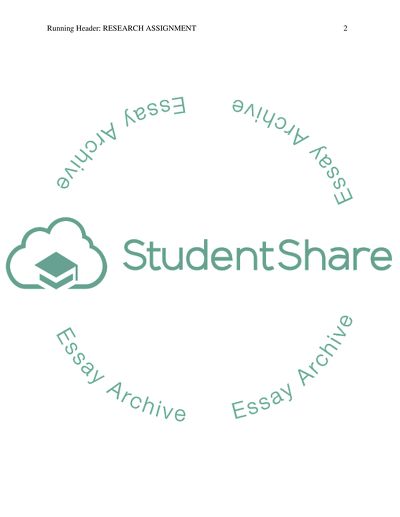Cite this document
(“Twelve Security Attack Trends of 2011 Essay Example | Topics and Well Written Essays - 2000 words”, n.d.)
Retrieved de https://studentshare.org/information-technology/1392344-research-assignment
Retrieved de https://studentshare.org/information-technology/1392344-research-assignment
(Twelve Security Attack Trends of 2011 Essay Example | Topics and Well Written Essays - 2000 Words)
https://studentshare.org/information-technology/1392344-research-assignment.
https://studentshare.org/information-technology/1392344-research-assignment.
“Twelve Security Attack Trends of 2011 Essay Example | Topics and Well Written Essays - 2000 Words”, n.d. https://studentshare.org/information-technology/1392344-research-assignment.


